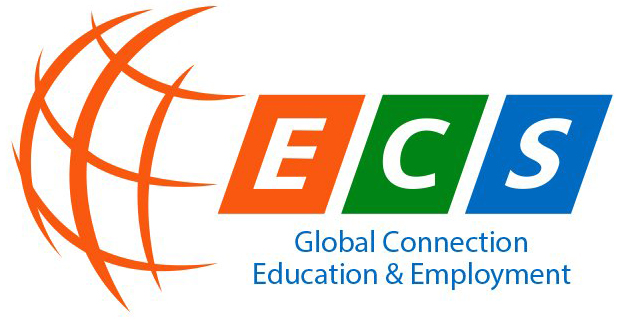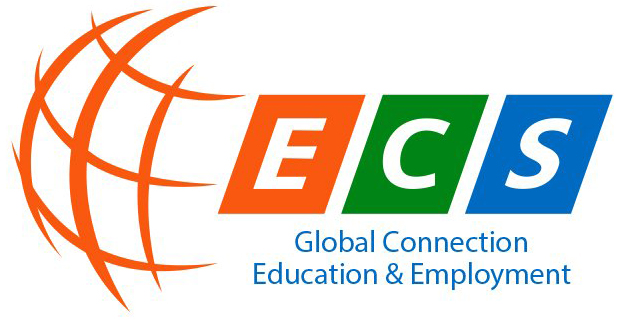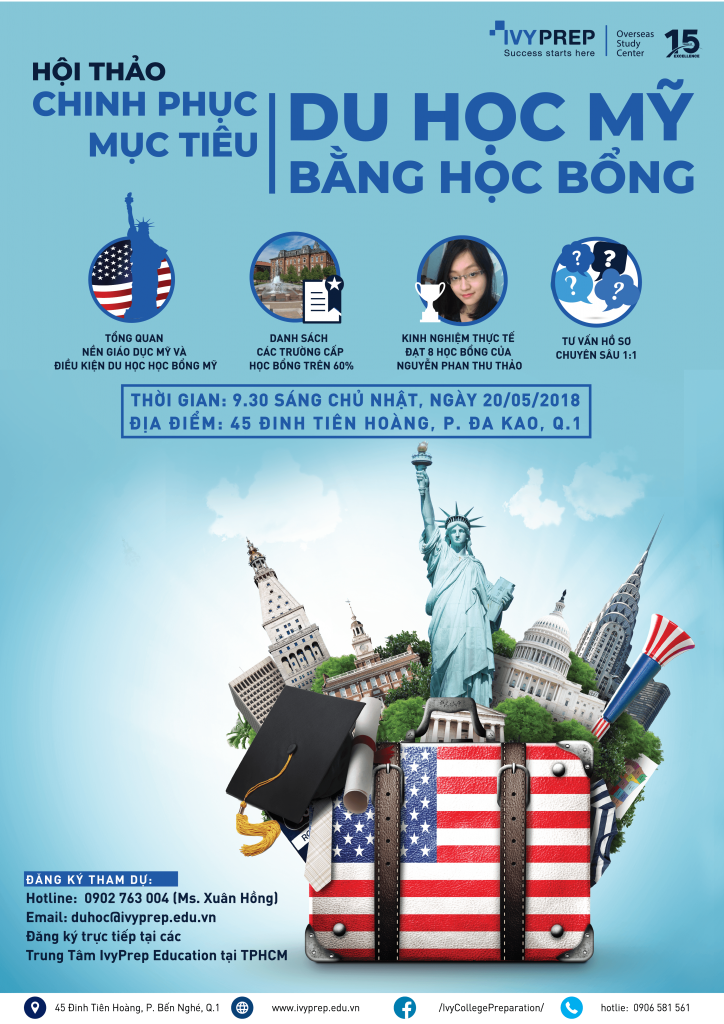Revolutionary Environmental Education: Curriculum as well as Teaching Methods at the To the west Michigan Academy of The environmental Science
Environmental education is vital in cultivating a creation that is aware of and conscious of environmental challenges. The Western Michigan Academy of The environmental Science (WMAES) stands out due to the innovative curriculum and instructing methods that emphasize experiential learning, sustainability, and environmental literacy. This article delves to the unique aspects of WMAES’s method of environmental education and is exploring how its curriculum as well as teaching methods effectively indulge students in understanding and dealing with environmental issues.
WMAES’s curriculum is designed to integrate environmental training across all grade levels and subjects, ensuring that students develop a comprehensive understanding of ecological principles and sustainability methods. The academy adopts the interdisciplinary approach, weaving environment themes into subjects for instance science, mathematics, language martial arts styles, and social studies. As an example, students might explore this particular cycle in science school while simultaneously reading materials that addresses water boucan in language arts. That integrated approach reinforces crucial concepts and demonstrates typically the interconnectedness of environmental difficulties with various aspects of life as well as learning.
One of the cornerstone teaching techniques at WMAES is experiential learning, which involves hands-on, real world experiences that deepen students’ understanding and engagement. The particular academy’s expansive outdoor grounds, which includes forests, wetlands, along with gardens, serves as an open-air classroom where students can easily directly interact with nature. In the typical lesson, elementary college students might study plant life periods by planting and looking after a garden, observing the growth process, and recording their own observations in a journal. These types of activities not only teach natural concepts but also instill a feeling of responsibility and stewardship to the environment.
Field trips usually are another critical component of the actual experiential learning strategy in WMAES. Students regularly visit local nature reserves, harvesting, and environmental organizations to observe ecological processes and efficiency efforts firsthand. A field day at a local recycling facility, for instance , allows students to see the waste management process in action, understand importance of recycling, and consider ways to reduce waste into their own lives. These activities make abstract concepts perceptible and foster a dark connection to the natural world.
Project-based learning (PBL) is a pedagogical method that is heavily utilized at WMAES. PBL involves scholars working on extended projects that require critical thinking, collaboration, as well as problem-solving. These projects usually address real-world environmental concerns, such as designing a environmentally friendly community garden or making a plan to reduce the school’s carbon dioxide footprint. By working on these projects, students apply whatever they have learned in class to useful challenges, enhancing their learning and developing valuable life skills.
For example , a midsection school PBL initiative might involve students conducting a power audit of their school. They would collect and analyze information on energy use, determine areas for improvement, and also propose solutions to reduce power consumption. This project works with knowledge from science (energy and sustainability), mathematics (data analysis and statistics), in addition to social studies (the effects of energy use on modern society and the environment). Through such projects, students gain an alternative understanding of environmental issues and pay attention to to approach problems from multiple perspectives.
The use of technological know-how is another innovative aspect of the particular WMAES curriculum. Digital resources and platforms are incorporated into lessons to enhance learning and supply students with modern abilities. For example , students might make use of Geographic Information Systems (GIS) software to map community ecosystems, track changes after a while, and analyze spatial records. Such technologies enable pupils to engage in sophisticated evaluation and visualization, preparing these for future academic and also professional endeavors in environmental science.
WMAES also spots a strong emphasis on community assistance and service learning. College students participate in community service plans that address local the environmental issues, such as river clean-ups, tree planting, and an environment restoration. These projects give students with the opportunity to implement their knowledge in purposeful ways and develop a good sense of civic responsibility. By simply working alongside community participants and local organizations, students understand the value of collaboration and the effect that collective efforts can offer on environmental sustainability.
To aid these innovative teaching methods, WMAES invests in professional progress for its educators. Teachers take part in workshops, conferences, and workout sessions focused on the latest developments in environmental education and pedagogy. This ongoing professional development ensures that educators are well-equipped to implement the school’s curriculum and utilize best practices in their teaching. It also encourages a culture of constant improvement and innovation inside school.
Assessment at WMAES goes beyond traditional tests and quizzes. The academy utilizes a variety of assessment methods to evaluate student understanding and advancement. Portfolios, look these up presentations, and reflective journals allow students to show their learning in diverse ways and provide a more complete picture of their achievements. Formative assessments, such as observations and also feedback during activities, guide teachers identify areas where pupils may need additional support in addition to adjust their instruction consequently.
The impact of WMAES’s innovative environmental education approach is definitely evident in the outcomes observed between its students. Graduates of WMAES exhibit strong environmental literacy, critical thinking abilities, and a commitment to sustainability. They are well-prepared for further schooling and careers in enviromentally friendly science, conservation, and connected fields. Moreover, the focus on hands-on, experiential learning fosters a lifelong appreciation for the natural world and a positive attitude towards environmental stewardship.
The success of WMAES’s approach serves as a unit for other schools wanting to enhance their environmental training programs. By integrating ecological themes across the curriculum, using experiential and project-based learning, leveraging technology, involving the neighborhood, and supporting educators, WMAES demonstrates how innovative educating methods can effectively engage students and prepare them to address the environmental challenges for the future. Through these efforts, WMAES is not only educating the next generation connected with environmental leaders but also leading to the broader goal of developing a more sustainable and resilient world.


